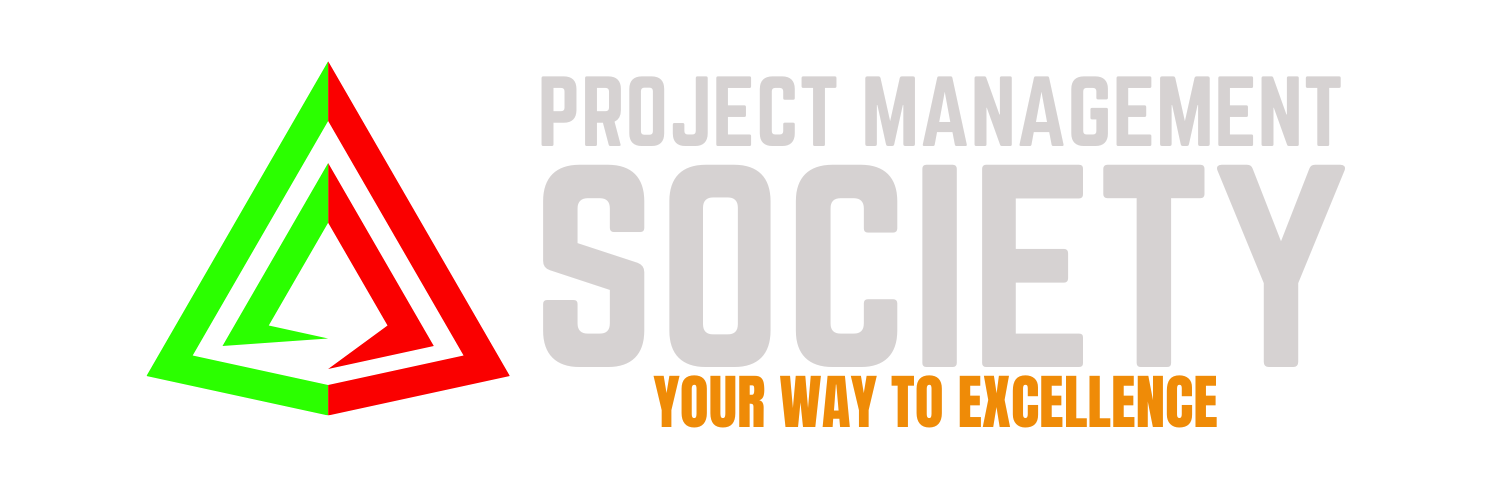 When it comes to managing a project portfolio, optimization is the name of the game. You want to ensure that your resources are being used efficiently, your risks are managed, and your outcomes are aligned with your strategic goals. But how do you achieve that? Let’s dive into some key portfolio optimization techniques that can help you elevate your project management game.
When it comes to managing a project portfolio, optimization is the name of the game. You want to ensure that your resources are being used efficiently, your risks are managed, and your outcomes are aligned with your strategic goals. But how do you achieve that? Let’s dive into some key portfolio optimization techniques that can help you elevate your project management game.
Understanding Portfolio Optimization
Before we get into the techniques, it’s important to understand what portfolio optimization is all about. Essentially, it’s the process of selecting the best combination of projects to maximize returns while minimizing risks. This involves evaluating the performance, risks, and strategic alignment of each project within the portfolio.
CLICK HERE TO DOWNLOAD 300+ PROJECT MANAGEMENT TEMPLATES & DOCUMENTS IN EXCEL
Setting Clear Objectives
The first step in portfolio optimization is setting clear, measurable objectives. What are you trying to achieve? Increased revenue, cost reduction, improved customer satisfaction, or something else? Defining your objectives helps you prioritize projects and allocate resources more effectively.
Aligning with Strategic Goals
Ensure that your portfolio objectives align with your organization’s strategic goals. This alignment ensures that every project contributes to the broader mission, making it easier to justify resource allocation and project prioritization.
Prioritizing Projects
Once you have clear objectives, the next step is prioritizing your projects. Not all projects are created equal, and some will have a greater impact on your objectives than others.
Scoring Models
Using scoring models can help you objectively evaluate and prioritize projects. These models typically involve scoring projects based on various criteria such as strategic alignment, potential return on investment, risk, and resource requirements. By assigning scores, you can rank projects and make more informed decisions about which ones to pursue.
Balancing Risk and Reward
Every project comes with its own set of risks and rewards. Effective portfolio optimization involves balancing these to ensure a healthy mix of high-risk, high-reward projects and safer, lower-reward ones.
Diversification
Just like in financial portfolios, diversification is key in project portfolios. By diversifying, you spread your risks across different projects, industries, or markets. This approach minimizes the impact of any single project failing on the overall portfolio.
CLICK HERE TO DOWNLOAD 300+ PROJECT MANAGEMENT TEMPLATES & DOCUMENTS IN EXCEL
Risk Assessment Tools
Utilize risk assessment tools to evaluate the risks associated with each project. Tools like SWOT analysis (Strengths, Weaknesses, Opportunities, Threats) or risk matrices can help you identify, assess, and manage risks more effectively.
Resource Allocation
Efficient resource allocation is crucial for portfolio optimization. You need to ensure that you have the right people, budget, and tools for each project.
Capacity Planning
Capacity planning helps you understand your resource availability and allocate them where they are needed most. This involves forecasting resource needs and adjusting allocations to avoid overloading or underutilizing your team.
Resource Leveling
Resource leveling aims to smooth out resource demand to avoid periods of high demand followed by periods of low demand. This ensures a more consistent workload for your team and makes the best use of available resources.
Monitoring and Adjusting
Optimization is not a one-time effort; it requires continuous monitoring and adjusting. Regularly reviewing your portfolio’s performance allows you to make necessary adjustments and stay aligned with your objectives.
Performance Metrics
Define and track performance metrics for each project and the portfolio as a whole. Key metrics might include return on investment, project completion rates, and resource utilization rates. These metrics provide valuable insights into how well your portfolio is performing and where adjustments might be needed.
Agile Methodologies
Adopting agile methodologies can enhance your ability to adapt and optimize your portfolio. Agile approaches encourage frequent reassessment and adjustment, ensuring that your portfolio remains aligned with changing business needs and market conditions.
Leveraging Technology
Technology can be a powerful ally in portfolio optimization. Tools and software designed for project portfolio management (PPM) can streamline many aspects of the optimization process.
PPM Software
PPM software provides a centralized platform for managing all aspects of your portfolio. It can assist with project selection, resource allocation, risk management, and performance tracking. By leveraging PPM software, you can enhance visibility, collaboration, and decision-making across your portfolio.
Data Analytics
Utilize data analytics to gain deeper insights into your portfolio’s performance. Analytics tools can help you identify trends, uncover inefficiencies, and make data-driven decisions to optimize your portfolio further.
Conclusion
Portfolio optimization is a dynamic and ongoing process that requires clear objectives, strategic alignment, balanced risk management, efficient resource allocation, continuous monitoring, and the smart use of technology. By applying Portfolio Optimization Techniques, you can enhance your project portfolio’s performance, ensure better resource utilization, and drive strategic success. Remember, the key is to stay flexible and be ready to adjust your strategies as needed to adapt to changing circumstances and opportunities.
